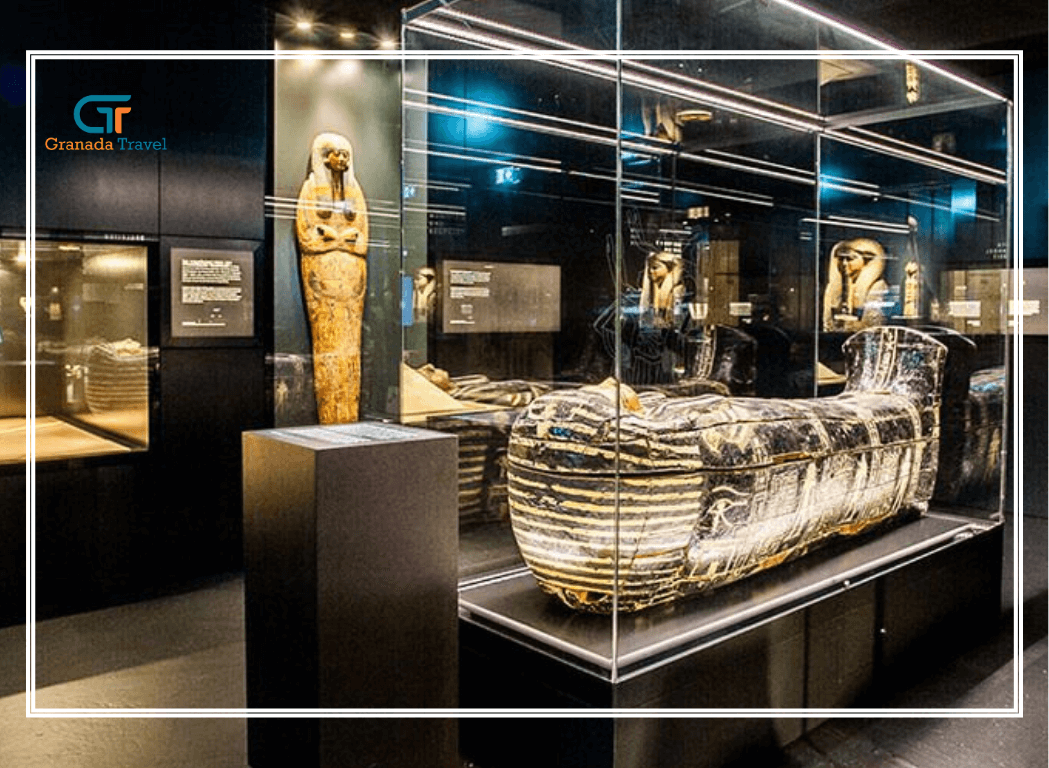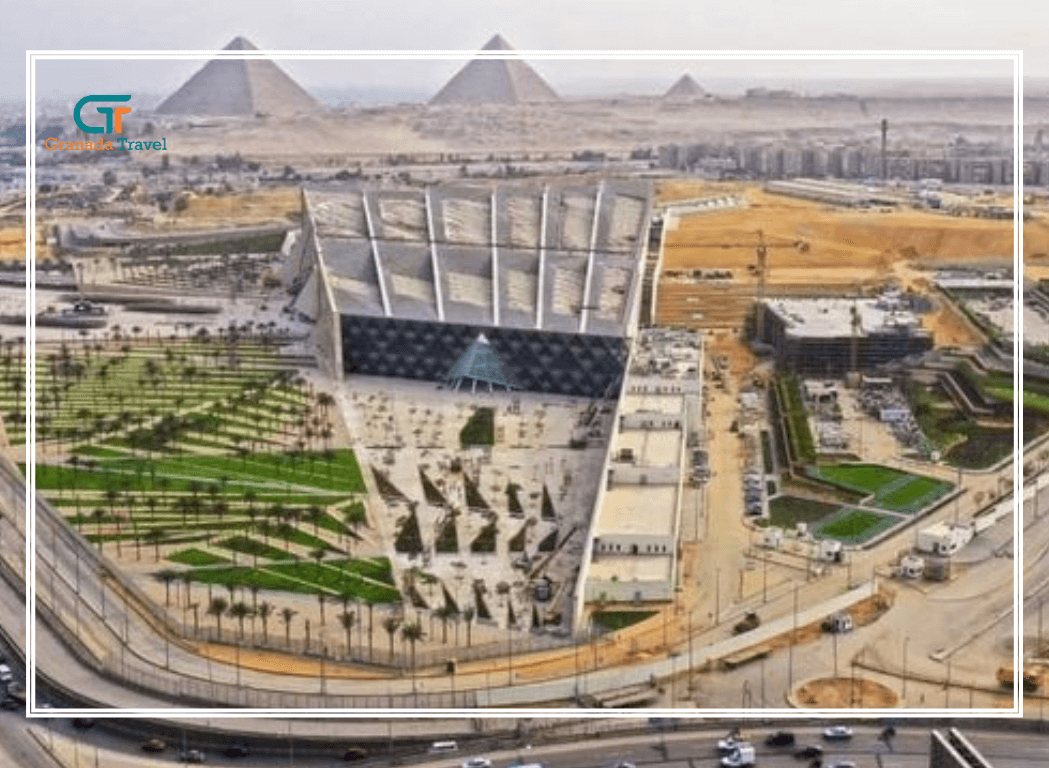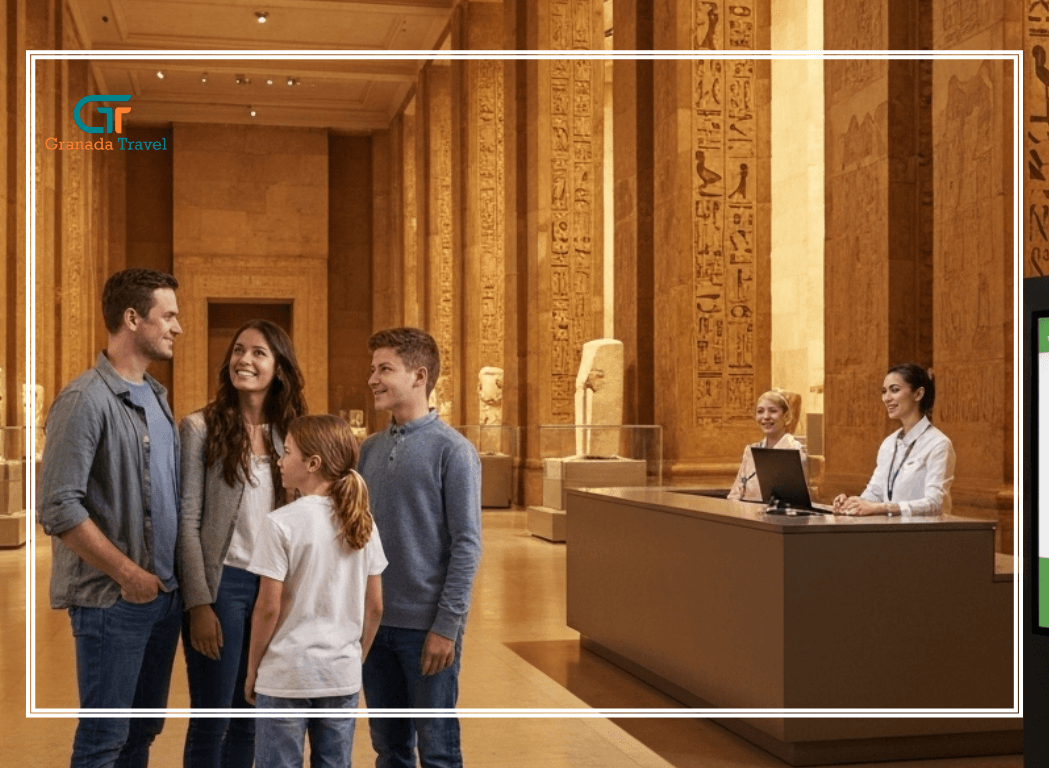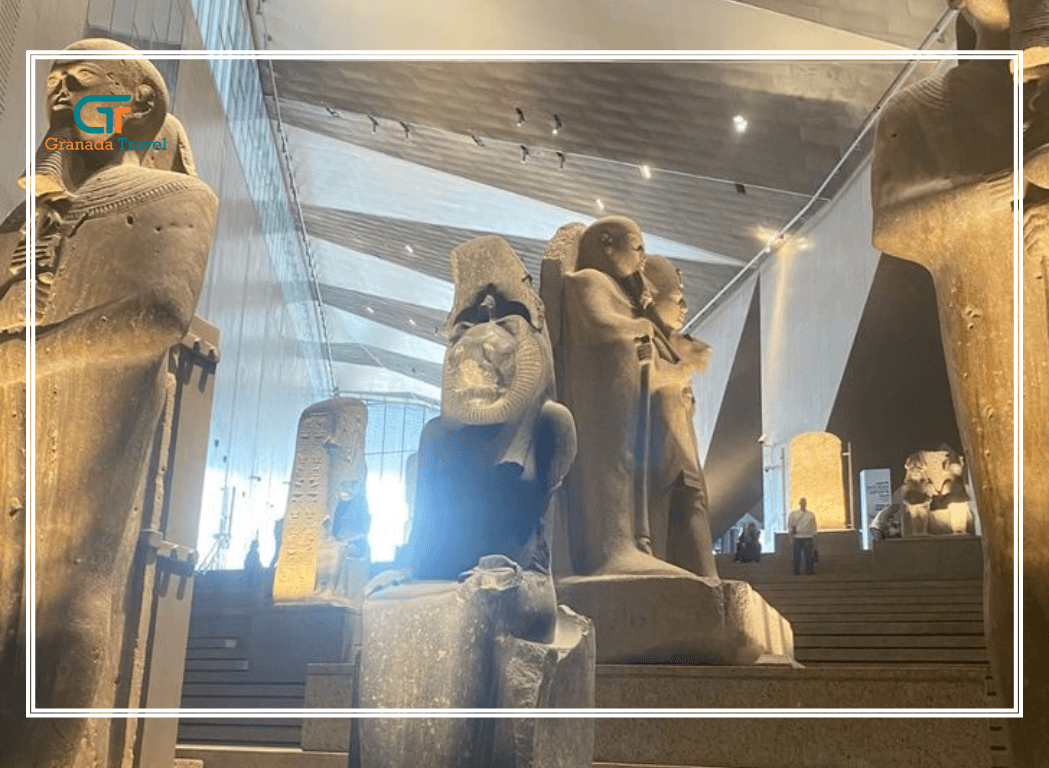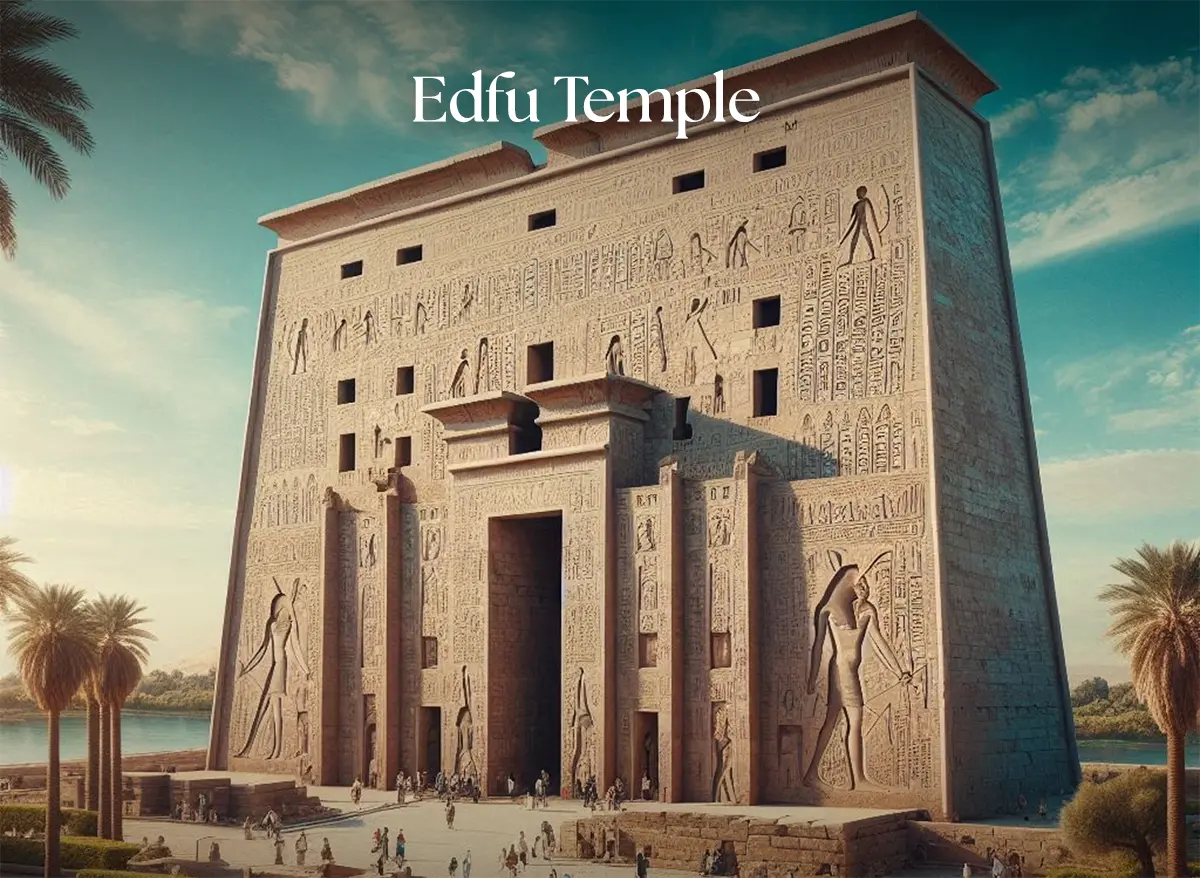
Exploring the Magnificent Edfu Temple: A Journey Through Ancient Egypt
Nestled along the fertile banks of the Nile River in Upper Egypt, the Edfu Temple stands as one of the most well-preserved and awe-inspiring monuments of ancient Egyptian civilization. Known as the Temple of Horus at Edfu, this architectural masterpiece is a testament to the ingenuity and devotion of the Ptolemaic Kingdom. Whether you’re a history enthusiast, an architecture lover, or a traveler seeking to uncover Egypt’s ancient wonders, the Edfu Temple in Egypt offers an unforgettable experience. In this comprehensive Edfu Temple guide, we’ll delve into its history, architecture, significance, practical visitor information, and much more, ensuring you’re fully prepared to explore this iconic site.
The History of Edfu Temple: A Glimpse into the Past
The Edfu Temple history is a fascinating tale of devotion to Horus, the falcon-headed god of the sky, kingship, and protection. Construction of the Temple of Edfu began in 237 BCE under Ptolemy III Euergetes and was completed nearly two centuries later in 57 BCE during the reign of Ptolemy XII. This places the temple firmly in the Ptolemaic period, a time when Greek rulers governed Egypt but embraced its ancient traditions and religious practices.
Who built the Temple of Edfu? The Ptolemaic kings, successors of Alexander the Great, commissioned the temple to honor Horus, one of Egypt’s most revered deities. The temple replaced an earlier structure from the New Kingdom, and its design reflects a blend of traditional Egyptian architecture with subtle Hellenistic influences.
Why was the Temple of Edfu built? The temple served as a religious and cultural center dedicated to Horus, symbolizing the divine protection of the pharaoh and the land. It was also a site for the annual Festival of Victory, which reenacted Horus’s triumph over his uncle Seth, the god of chaos. This ritual underscored the temple’s role in maintaining cosmic order, or ma’at, a central concept in ancient Egyptian belief.
Why is the Temple of Edfu important? Beyond its religious significance, the Temple of Edfu is a crucial for its historical and archaeological value. Its near-perfect preservation, intricate hieroglyphics, and detailed reliefs provide invaluable insights into Ptolemaic-era art, religion, and architecture. It’s a UNESCO World Heritage Site (as part of the Nubian Monuments from Abu Simbel to Philae) and a must-visit for anyone exploring Egypt’s ancient heritage.
The Architecture of the Temple of Edfu
The Temple of Edfu architecture is a stunning example of ancient Egyptian design, characterized by its grand scale, symmetry, and intricate detailing. Spanning over 137 meters in length, the temple is one of the largest and best-preserved in Egypt. Its layout follows the classic Egyptian temple plan, with a progression of spaces leading from the public outer areas to the sacred inner sanctum.
Key Architectural Features of the Temple of Edfu
- Pylon Entrance: The massive pylon, standing 36 meters tall, is adorned with colossal reliefs of Ptolemaic kings smiting enemies, symbolizing royal power. This grand entrance sets the tone for the temple’s majestic interior.
- Courtyard: Beyond the pylon lies an open courtyard surrounded by 32 columns, where public ceremonies and festivals were held.
- Hypostyle Hall: The roofed hall features 12 towering columns with floral capitals, decorated with vivid reliefs and hieroglyphs. This space was used for rituals and offerings.
- Sanctuary: The innermost chamber housed the sacred statue of Horus, accessible only to high priests. A granite shrine, dating to the temple’s construction, remains intact.
- Mammisi: A small birth house outside the main temple celebrates the divine birth of Horus, a common feature in Ptolemaic temples.
The Temple of Edfu hieroglyphics and reliefs are among its most striking features. Covering nearly every surface, these carvings depict myths, rituals, and astronomical observations. Notably, the temple’s walls include a detailed “dramatic text” of the Horus-Seth conflict, offering a rare glimpse into ancient Egyptian storytelling.
For those interested in the temple’s layout, an Edfu Temple map or Temple of Edfu plan can be found in guidebooks or at the site’s visitor center. These maps highlight the temple’s axial design, guiding visitors through its sequential spaces.
[cta-actions]
Visiting the Edfu Temple: Practical Information
Planning a visit to the Edfu Temple in Egypt? Here’s everything you need to know, from Edfu Temple opening hours to Edfu Temple entrance fees and tips for a memorable experience.
Edfu Temple Location
The Edfu Temple location is in the city of Edfu, approximately 100 kilometers south of Luxor and 60 kilometers north of Aswan Egypt. It’s easily accessible by road, train, or Nile cruise, making it a popular stop on multi-day tours that also include the Kom Ombo Temple or Abu Simbel Temples Egypt.
Edfu Temple Opening Hours
The Edfu Temple is open daily from 6:00 AM to 5:00 PM (October to May) and 6:00 AM to 4:00 PM (June to September). Early morning visits are recommended to avoid crowds and midday heat.
Edfu Temple Entrance Fee
The Edfu Temple entrance fee is approximately EGP 240 (around $5 USD) for foreign visitors, with discounts for students. Photography is permitted, but tripods and flash are prohibited inside the temple. Tickets can be purchased at the entrance.
Getting to Edfu Temple
- By Nile Cruise: Many cruises between Luxor and Aswan include a stop at Edfu, often paired with the Edfu and Kom Ombo Temples itinerary.
- By Train: Regular trains connect Edfu to Luxor and Aswan, with the temple a short taxi or horse-drawn carriage ride from the station.
- By Car: Private tours or taxis from Aswan or Luxor offer flexibility and comfort.
Edfu Temple Guide and Tours
Hiring a local guide is highly recommended to fully appreciate the Temple of Edfu facts and stories. Guided tours, available in multiple languages, provide context for the temple’s reliefs and rituals. Many tours combine Edfu with nearby sites like the Unfinished Obelisk Aswan or the Aswan Temple of Philae.
Edfu Temple Reviews
According to Temple of Edfu reviews on travel platforms like TripAdvisor, visitors rave about the temple’s preservation, detailed carvings, and serene atmosphere. Some note the steep entrance fee and occasional crowding, but most agree the experience is worth it. Bringing water, sunscreen, and comfortable shoes is advised, as the site involves walking on uneven surfaces.
The Cultural and Spiritual Significance of Edfu Temple
The Temple of Horus at Edfu was more than a place of worship; it was a hub of community life, learning, and ritual. Priests conducted daily offerings, astronomical observations, and festivals, while the temple’s library preserved sacred texts. The annual Festival of Victory, involving music, processions, and reenactments, drew worshippers from across the region.
The temple’s iconography, including images of Horus as a falcon or human-headed deity, reflects his role as protector of the pharaoh. The Temple of Edfu images and reliefs also depict the divine triad of Horus, Hathor, and their son Harsomtus, emphasizing family and continuity in Egyptian theology.
Edfu Temple Photos and Visual Highlights
For those seeking Edfu Temple photos or Edfu Temple images, the temple offers countless photogenic moments. The pylon’s towering reliefs, the hypostyle hall’s colorful columns, and the sanctuary’s ancient shrine are standout subjects. Dusk and dawn provide soft lighting for dramatic shots, though interior photography requires natural light due to flash restrictions.
Online galleries and social media posts tagged with #EdfuTemple showcase the site’s grandeur, from close-ups of hieroglyphs to panoramic views of the courtyard. For professional-quality images, consider purchasing prints from the temple’s gift shop or reputable stock photo sites.
Tips for Visiting Edfu Temple
- Combine with Nearby Sites: Pair your visit with the Edfu and Kom Ombo Temples for a full day of exploration. The Kom Ombo Temple, dedicated to Sobek and Horus, is just 45 kilometers south.
- Dress Appropriately: Wear modest clothing covering shoulders and knees, as the temple is a sacred site. Comfortable shoes are a must.
- Stay Hydrated: Bring water, especially in summer, as shade is limited.
- Learn Key Terms: Familiarize yourself with terms like “hypostyle hall” or “mammisi” to enrich your visit.
- Respect the Site: Avoid touching reliefs or climbing on structures to preserve the temple for future generations.
Why Edfu Temple is a Must-Visit
The Edfu Temple is more than a historical relic; it’s a living testament to Egypt’s enduring legacy. Its soaring pylons, intricate hieroglyphs, and sacred spaces transport visitors to a time when gods and pharaohs shaped the world. Whether you’re marveling at the Temple of Edfu architecture, decoding its stories, or simply soaking in its serene ambiance, this site leaves a lasting impression.
Plan your visit to the Temple of Horus at Edfu today, and discover why it remains one of Egypt’s most cherished treasures. From its rich Edfu Temple history to its practical Edfu Temple guide details, this monument promises a journey through time you’ll never forget. For more adventures in Upper Egypt, explore nearby wonders like Aswan Egypt, the Unfinished Obelisk Aswan, or the iconic Abu Simbel Temples Egypt.
[cta-actions]

